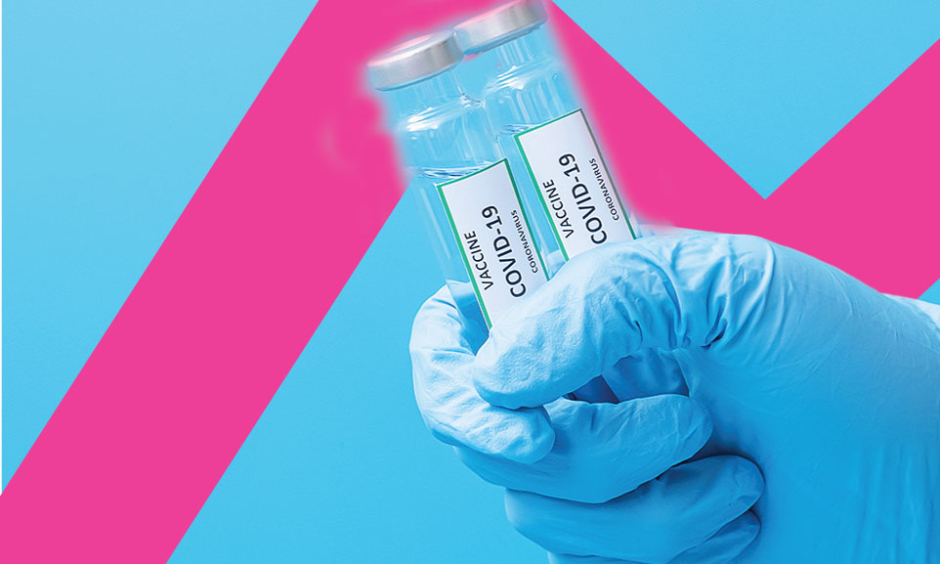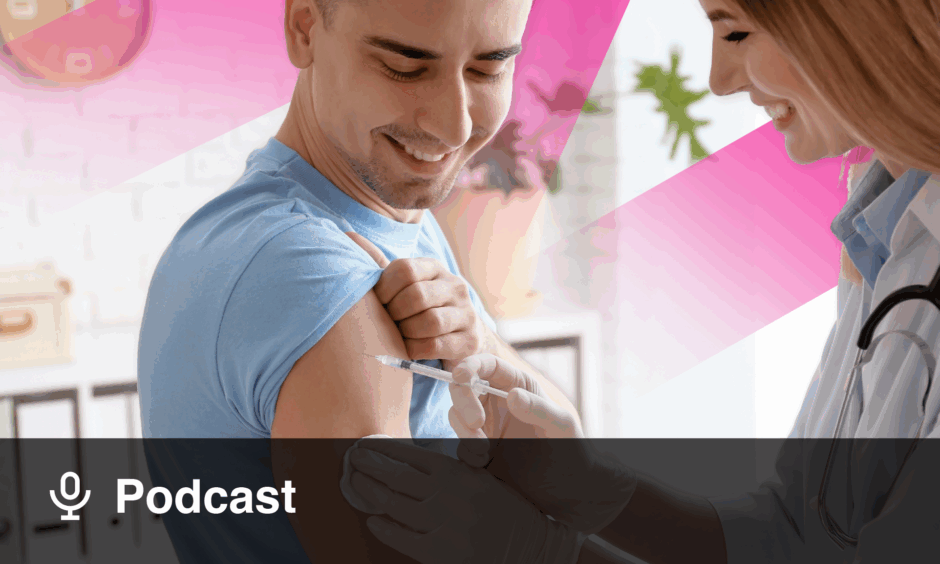THE COVID-19 pandemic has highlighted the dire need to foster increased public confidence in mitigation and prevention strategies through more and better health literacy. More than 2 years into the worst public health crisis of the 21st century, we continue to be consumed by the most basic health questions: should I get tested for COVID-19, should I get vaccinated and boosted against COVID-19, and should I wear a mask? In many countries, the tension between personal freedoms and public good helps to fuel a global threat, with continued transmission of severe acute respiratory syndrome coronavirus 2 and its evolving, more infectious variants. This short essay discusses the negative effects of misinformation and disinformation, and shares recommendations based on lessons learned.
New York City, New York, USA, was an early epicentre of the COVID-19 pandemic in the USA. Based on the authors’ experiences as healthcare professionals in New York City, epidemiologists, and one who directly treats patients, they found the crux of these questions can boil down to three factors: there is low health literacy, which is defined as the degree to which individuals have the capacity to obtain, process, and understand basic health information needed to make appropriate health decisions;1 there is not enough clear and unambiguous risk communication and outreach to the community for the public to better understand their respective risk and the role of preventative and mitigation measures; and, finally, there is misinformation and disinformation that can adversely impact a person’s judgment, perception of risk, and level of trust in the various preventative and mitigation measures.
The rapid and frequent changes in public health guidelines due to the evolving biomedical knowledge about COVID-19 led to much confusion, even among those with high levels of health literacy. During the COVID-19 pandemic, as you look at the rampant rise of disinformation, which is to deliberately mislead, as well as the spread of misinformation, which is to share false information regardless of whether there is intent to mislead,2 it is clear that these are not new concepts. For example, during the Ebola outbreak of 2014–2016 in West Africa, misinformation was one of the largest hurdles, requiring responders to enlist the help of trusted messengers within the community to share safe burial practices and ways to prevent the spread of and contracting Ebola virus disease.3 There was also widespread misinformation that generated undue fear and anxiety based on the threat posed by Ebola in the USA.4
The authors’ work in the field of infectious diseases has highlighted parallels to how people may react to new and novel threats. Maurice Policar has learned much about dealing with misinformation from working with patients during their first pandemic, HIV. Many similarities are striking, particularly the impact on marginalised and underserved communities; the popularity of unproven and ‘unappreciated’ medications, such as compound Q, apricot pits for HIV, and ivermectin for COVID-19; and the rejection of effective interventions, including antiretroviral medications for HIV and vaccines for COVID-19. Although it has been many years since Policar has seen a patient refuse HIV medication, this was not rare in the early decades of effective HIV treatment.
For Syra Madad, due to their work helping respond to the Ebola cases in Texas in 2014, and the public perception of the risk of Ebola spreading, their dentist refused to see them for routine dental care, citing fear of contracting the virus.5 Combatting misinformation was difficult during the early AIDS epidemic, but no comparison to the current COVID-19 era. One study found that nearly 70% of adults have been exposed to COVID-19-related misinformation through social networking services or instant messaging.6 People can find both misinformation and disinformation freely on the internet, social media, and even on the news. In the USA, it is so widespread that the Surgeon General issued an advisory in 2021 to warn the American public about the urgent threat of health misinformation.7
As healthcare professionals who have been working to combat misinformation and disinformation over the course of multiple different epidemics, here are three lessons the authors have learnt that can help increase health literacy before, during, and after any health crisis; build trust in public health and healthcare response; and address the growing issue of misinformation and disinformation.
LEVERAGE ALREADY BUILT TRUST AND PARTNERSHIPS
When it comes to asking people to change their behaviour, like wearing a mask or avoiding crowded, indoor spaces because of the threat of viral spread, facts are not always enough. There are plenty of so-called facts circulating that dispute whatever can be said to prove that masks work, physical distancing helps prevent exposure, or even that available vaccinations are safe and effective. People may not always trust scientific institutions or government authorities; however, since patients already rely on providers to look out for their health,8 a personal expression of concern for their wellbeing may be the most powerful tool we have. One review mentions interpersonal-level interventions (interactions between clinicians and patients) as an evidence-based strategy to address vaccine hesitancy. Healthcare professionals have historically been the most important drivers of vaccine uptake.9 Studies suggest beliefs about health risk are affected by who communicates the risk message. The source must be trusted, and trust is associated with believing that the source is expert, knowledgeable, and unbiased.10 Doctors remain the most trusted source for health information.11 Making strong recommendations using presumptive language (“I strongly recommend you get the COVID vaccine. The nurse will give you the vaccine on your way out”) has been shown to result in higher vaccine uptake.12
In addition, using other trusted voices in a person’s community, like a pastor, imam, or rabbi, can play a vital role in influencing people’s behaviour and health-related decisions.13 A review of responses to the Health Information National Trends Survey (HINTS) suggests that although religious organisations were trusted less than other sources, the non-Hispanic Black population and those with lower education both reported higher trust in religious organisations.11 What works is using the already established relationships we have, specifically the trust we have built with peers, patients, colleagues, friends, and community members, and leveraging these to advance public health goals.
TALKING TO PEOPLE
When COVID-19 vaccines first became widely available to hospital staff in December 2020, hospital leadership suggested discussing vaccination with colleagues and staff who might be hesitant to get the vaccine. Many of us were sceptical about the impact we could have. Since they are healthcare workers, shouldn’t they already know the benefits of vaccination? And if not, how could we convince them if they did not want to get vaccinated? The nature and extent of COVID-19 vaccination hesitancy in healthcare workers has been addressed in various studies. In one large review (76,471 participants), the prevalence of COVID-19 vaccination hesitancy in healthcare workers worldwide was on average approximately 22.0%, but ranged from 4.3% to 72.0%.14 Many people just needed a trusted voice, and wanted to talk about the science, the facts, and the benefits.
After getting this information, it was encouraging to see that they either changed their minds, or at least agreed to reconsider getting vaccinated. Individual-level educational interventions have also been proven to empower healthcare teams to promote vaccination and optimise efforts to address vaccine hesitancy among patients.8 This approach holds true for the general public as well. As Policar noted, it was clear that they could have a major impact on patients by using the basic tools they use every day, namely listening to patients’ concerns and discussing the risks and benefits of any intervention with them. Policar was pleasantly surprised to see how many reluctant patients quickly agreed to vaccination after a discussion. Many just needed a ‘nudge’. Tailoring messages to patients to address common barriers and concerns may improve vaccine uptake. Framing messages in a positive way and addressing barriers with affirming dialogue can be helpful (“These are good ways to protect you and your family, and stay healthy. I understand your concerns given the situation”).8
LISTENING WITH COMPASSION
It is easy to listen to what a person is saying; however, it is challenging to listen with compassion, which is to be nonjudgmental, empathetic, and willing to put aside your own feelings. Research has revealed that direct efforts to counter misperceptions may backfire, resulting in an increase in misperceptions or a decrease in intention to be vaccinated.8
It is not difficult to imagine that many are sceptical about the government and the scientific community. Despite this, it is not our place to argue or defend these institutions. Instead, the focus should be on a person’s wellbeing and the measures to keep them safe. What has worked for the authors is to share what they know; provide the science in a way that can be readily understand; and share their personal experiences, which can resonate more with people. As noted by the Centers for Disease Control and Prevention (CDC), one of the guiding principles when talking with patients about vaccination is to be compassionate and show empathy.15
CONCLUSION
A core principle in all three of these lessons learned is that they are rooted in trust. Trust is not something that is fostered overnight. Nor is it something that can be gained immediately during a health crisis. Rather, it takes time to build trust between and among people, providers, public health professionals, healthcare systems, and public health agencies. We cannot tell someone to just trust this agency or person. Instead, we must acknowledge this imperative core principle in outbreak response and begin to work actively to foster it.








